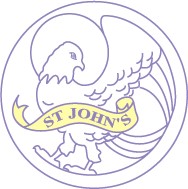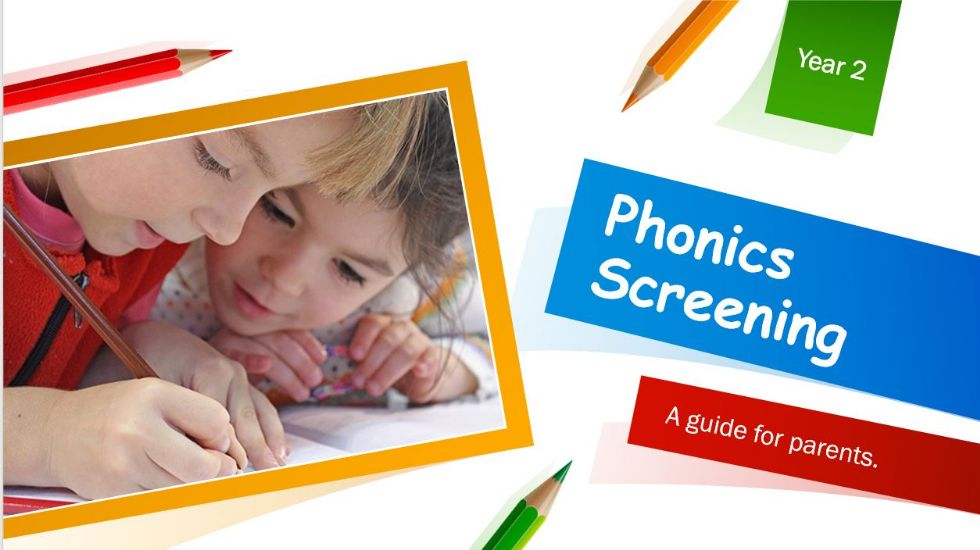Phonics
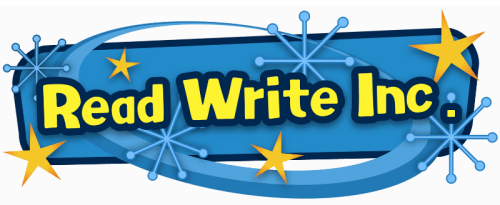
Read Write Inc Phonics at St John’s
At St John’s we use the Read Write Inc programme to get the children off to a flying start with their reading. Read Write Inc is a method of learning centred on letter sounds and phonics that begins in Reception and continues throughout Key Stage 1.
Using Read Write Inc, the children learn to read effortlessly so they can put all their effort into comprehending what they read. It also allows them to spell easily so they can put all their effort into composing what they write.
When using Read Write Inc to read the children will:
- learn that sounds are represented by written letters
- learn 44+ sounds and the corresponding letter/letter groups using simple picture prompts
- learn how to blend sounds
- learn to read words using Fred Talk
- read lively stories featuring words they have learned to sound out
- show that they comprehend the stories by answering questions
When using Read Write Inc to write the children will:
- learn to write the letters/letter groups which represent 44+ sounds
- learn to write words by saying the sounds in Fred Talk
- write simple sentences
Reading
Fred the Frog puppet plays an important role in our
Read Write Inc lessons. Fred is only able to speak in
sounds, not whole words. We call this Fred Talk.
For example, Fred would say m-a-t, we would say mat.
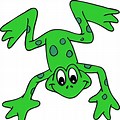
Fred Talk helps children read unfamiliar words by pronouncing each sound in a word one at a time. Children can start blending sounds into words as soon as they know a small group of letters well. During lessons children are taught to hear sounds and blend them together in sequence to make a word. We start with blending oral sounds then progress to reading the letters and blending them together to read the word.
The following video is an example of blending sounds with Fred
Read Write Inc. Phonics: Ruth Miskin on how to teach blending to children - YouTube
Order of teaching sounds
In Read Write Inc phonics the individual sounds are called ‘speed sounds’ because we want your child to read the quickly and effortlessly. Set 1 sounds are the initial letter sounds and are taught in the following order.
m, a, s, d, t, i, n, p, g, o, c, k, u, b, f, e, l, h, sh, v, y, w, th, z, ch, qu, x, ng, nk
There are 12 set 2 ‘speed sounds’ that are made up of two or three letters which represent one sound, for example ‘ay’ as in play, ‘ee’ as in tree and ‘igh’ as in high.
When children learn their set 2 sounds they will learn:
- the letters that represent a speed sound e.g. ay
- a simple picture prompt linked to the speed sound and a short phrase to say e.g. may I play?
Every speed sound has a list of green words linked to it so your child can sound out and blend words containing the new sound they have just learnt.
When learning set 3 speed sounds they will be taught that there are more ways in which the same sound can be written, e.g. ee as in tree and ea as in tea.
The table below lists the sounds, the associated phrase and some example green words.
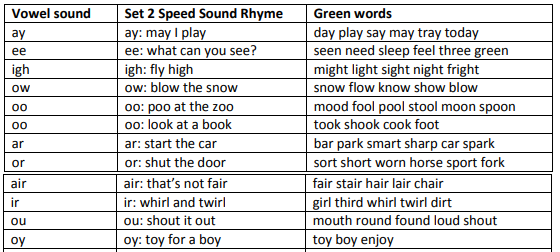

Click the link below to hear how to pronounce the sounds correctly
http://www.ruthmiskin.com/en/resources/sound-pronunciation-guide/
Nonsense words (Alien words)
As children develop their phonics skills, we want them to be able to apply their knowledge of sounds and decoding skills to read any unfamiliar word, whether it is real of nonsense. During their phonics lessons, children will have opportunities to practice their decoding skills by sounding out the letters in an ‘alien word’. This shows us that children are using their decoding skills and not relying on existing knowledge of real words. This is an important part of the Phonics screening test which children complete towards the end of Year 1.

Here are some websites that have some interactive games your child can play to practice their decoding skills.
http://www.phonicsplay.co.uk/PicnicOnPluto.html
http://ictgames.com/literacy.html
http://www.bbc.co.uk/bitesize/ks1/literacy/phonics/play/
Word time lessons
As soon as children have learnt a few initial letter sounds they begin to learn to blend the sounds together to read real words in a word time session. Each session involves oral blending of known sounds before they are shown words written down on green cards. Children practice Fred talking the words until they become able to read them on sight.
Once children are confident are reading single sound words they begin ‘Ditty’ lessons in which they are introduced to whole sentences that they can use their developing phonic knowledge to decode. When children are confident reading the short sentences they are challenged to use their developing phonic knowledge to write a related short sentence.
Spelling with your Fred Fingers
Children are taught to use their fingers to help the write words. The children say the word out loud and break it down into its individual sounds. If a word has 3 sounds children hold up 3 finger, 4 sound 4 fingers etc. Children then pinch each finger as they say the sounds needed in the word then they write the letters that represent each sound.
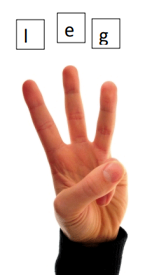
When using Fred fingers each finger represents one sound. When children reach Yellow storybooks they will begin to learn to trace the letters onto each finger and say the letter names.
Letter formation
Children are taught how to form letters using a handwriting phrase to help. Click on the link below for a list of the phrases and explanation how to teach each letter.
https://abbotsphonics.files.wordpress.com/2013/02/hand-writing-phrases1.pdf
Read Write Inc storybooks and ‘Book bag books’.
Children read storybooks that are closely matched to their developing phonic knowledge. These storybooks begin with a speed sound recap, introduction to the green words in the storybook, red words that cannot be decoded and some challenge words to extend children’s vocabulary. Once children have practised these words individually they are prepared to see them in context in the story. Each story book comes with some ‘questions to talk about’ to ensure children’s comprehension of what they have read.
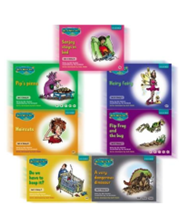
Recently we at St John’s have extended the reading book provision to include the Read Write Inc Book bag books. These books are fully decodable and intended for children to take home to support and reinforce their classroom learning. Each book bag book is closely linked to a Read write Inc storybook to extend children’s reading experience and each book includes advice for parents and carers on how to support their child’s phonics at home.
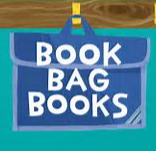
 Assessment
Assessment
Children are regularly assessed and groups changed accordingly to support their learning and development. If children are not progressing at the expected level they receive targeted RWI intervention to enable them to bridge the gap as quickly as possible.
Phonics Screening Check
For further information about the Read Write Inc Phonics Scheme please watch this helpful tutorial.
